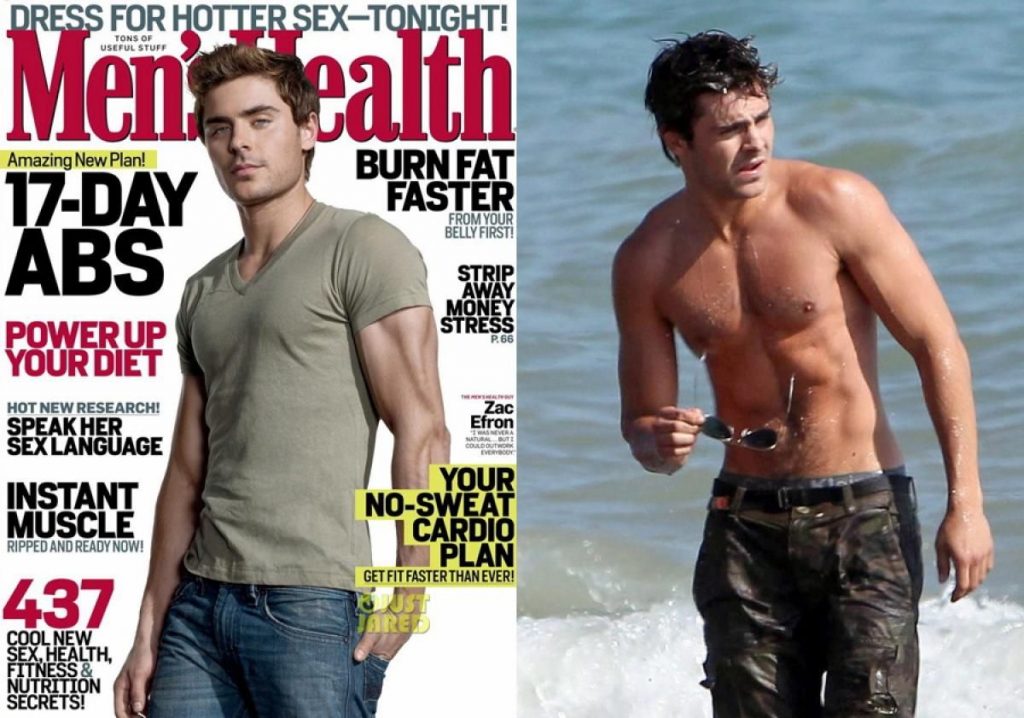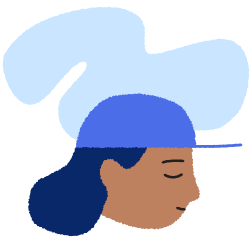Here’s food for thought – when boys are unhappy with their bodies, their quality of life is affected just as much as girls who experience body image issues. The idea that boys are not concerned by their appearance isn’t only untrue, it’s becoming more common. According to the Australian Psychological Society, research has shown that the number of men experiencing body image dissatisfaction has tripled from 15% to 45% in the last 25 years. Body dissatisfaction or negative body image can often result in overwhelming feelings of disappointment, shame and guilt. It can also lead to unhealthy behaviours such as fad dieting, disordered eating, eating disorders, exercise addiction and steroid abuse.
Here we’re breaking down some of the potential consequences of negative body image in males, and how you can support boys and men in your life to find balance and seek help when necessary.


